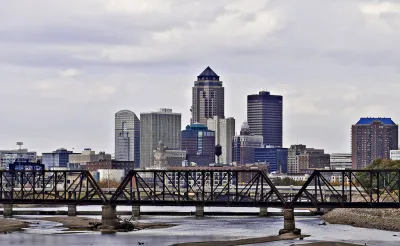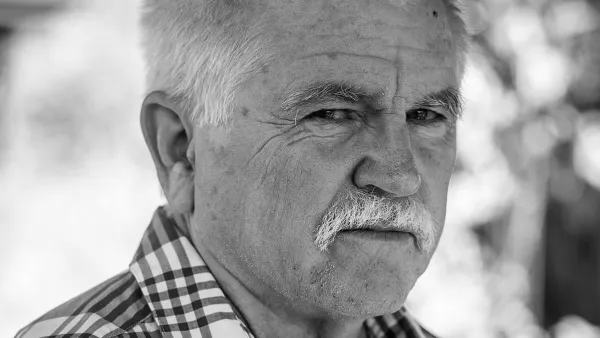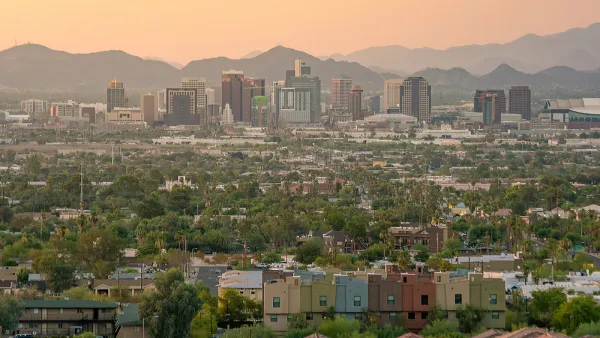As major cities draw in wealth and population, midsized metros may be getting less attention than they deserve. After all, many of their economic, demographic, and political challenges resemble those of the nation as a whole.

For Brookings, Alan Berube makes the case that policymakers and urbanists should devote greater attention to America's midsize metros: places with between 250,000 and 1 million residents.
He discusses research seeking "a middle ground between what urbanist Jason Segedy calls the U-Haul School of Urban Policy—that government policy should focus primarily on enabling people to relocate to places with greater economic opportunity—and the notion that public spending can and should prop up highly economically distressed small towns all across the American landscape." That middle ground may well involve a pivot to places like Des Moines and Cedar Rapids.
Berube explores several reasons why a focus on midsized metros makes sense. For one thing, their scale can make them good testing grounds for policy solutions. "[Midsized metros] arguably retain the requisite scale to offer a distinctive economy and quality of life to their businesses and residents. Moreover, their size may also facilitate the sort of pragmatic, cross-sector problem solving that often bedevils larger metro areas."
Compared to both large cities and rural places, their demographics and politics also track better with those of the nation as a whole. So do some of their economic challenges. Midsized metros are an "especially important feature of the Heartland," Berube notes, and their ability to "successfully navigate racial and ethnic transitions, and to continue to evolve their economies from production to services, may [...] be critical harbingers for our nation's abilities to do so overall."
FULL STORY: Why midsized metro areas deserve our attention

National Parks Layoffs Will Cause Communities to Lose Billions
Thousands of essential park workers were laid off this week, just before the busy spring break season.

Retro-silient?: America’s First “Eco-burb,” The Woodlands Turns 50
A master-planned community north of Houston offers lessons on green infrastructure and resilient design, but falls short of its founder’s lofty affordability and walkability goals.

Delivering for America Plan Will Downgrade Mail Service in at Least 49.5 Percent of Zip Codes
Republican and Democrat lawmakers criticize the plan for its disproportionate negative impact on rural communities.

Test News Post 1
This is a summary

Test News Headline 46
Test for the image on the front page.

Balancing Bombs and Butterflies: How the National Guard Protects a Rare Species
The National Guard at Fort Indiantown Gap uses GIS technology and land management strategies to balance military training with conservation efforts, ensuring the survival of the rare eastern regal fritillary butterfly.
Urban Design for Planners 1: Software Tools
This six-course series explores essential urban design concepts using open source software and equips planners with the tools they need to participate fully in the urban design process.
Planning for Universal Design
Learn the tools for implementing Universal Design in planning regulations.
EMC Planning Group, Inc.
Planetizen
Planetizen
Mpact (formerly Rail~Volution)
Great Falls Development Authority, Inc.
HUDs Office of Policy Development and Research
NYU Wagner Graduate School of Public Service





























